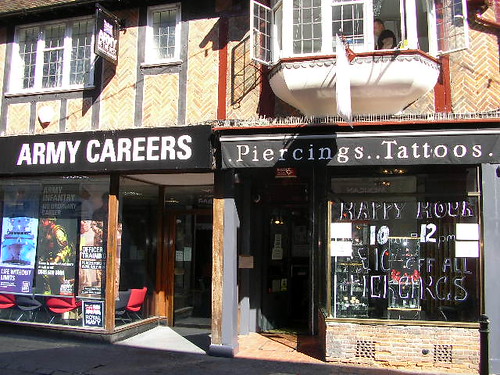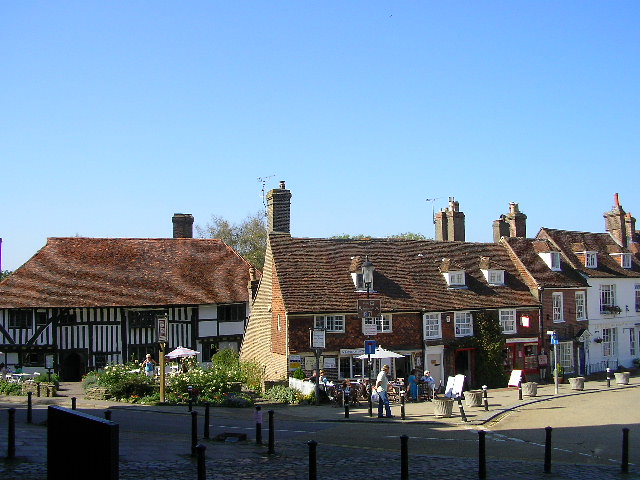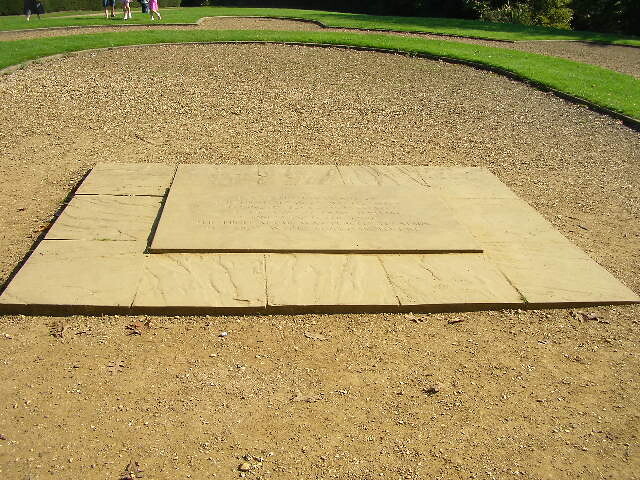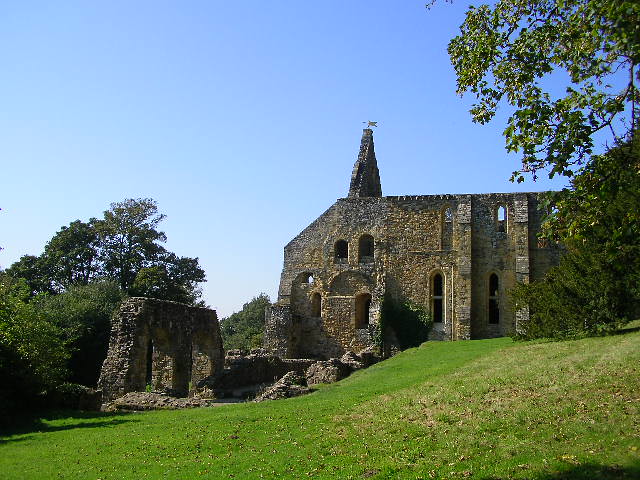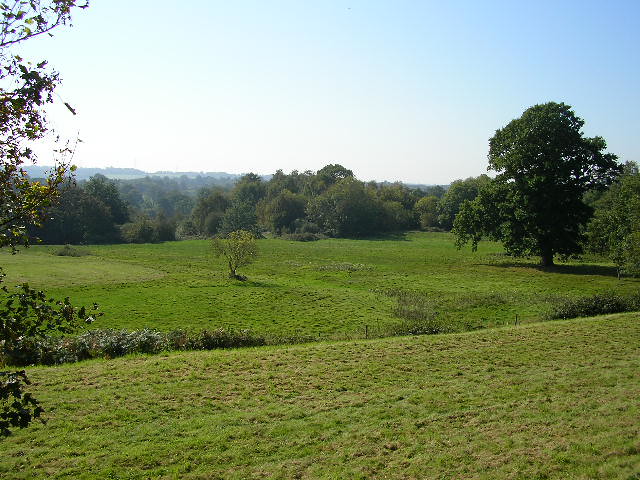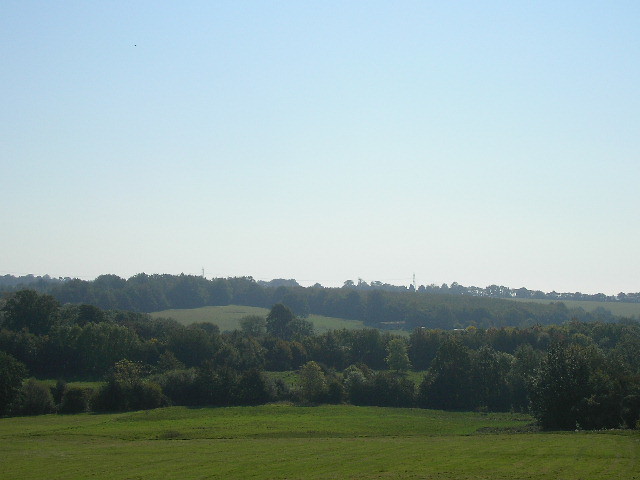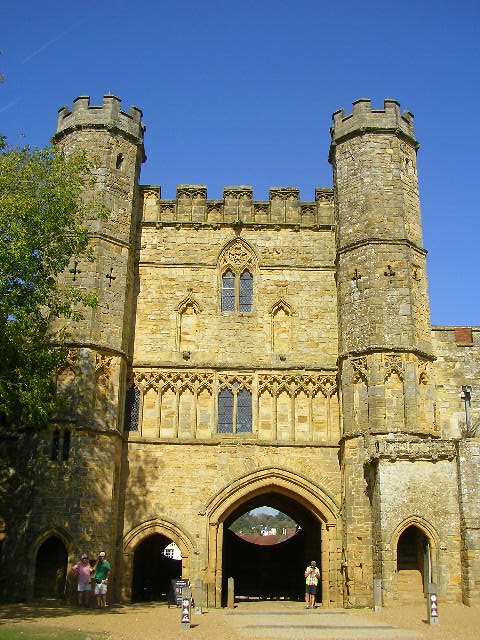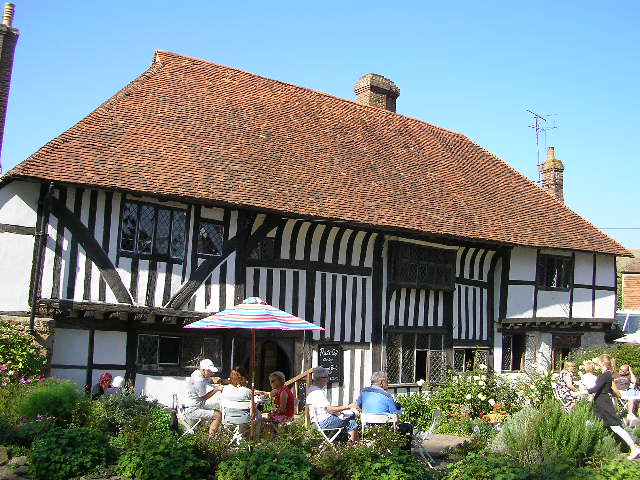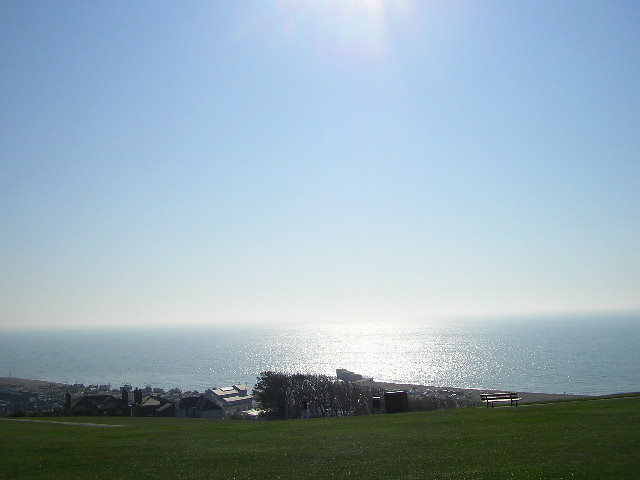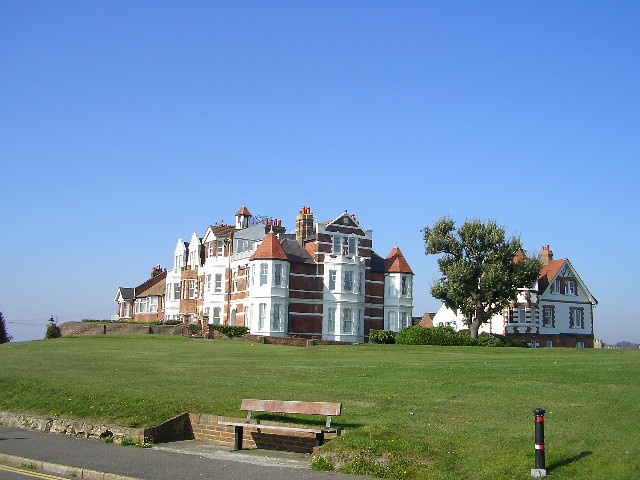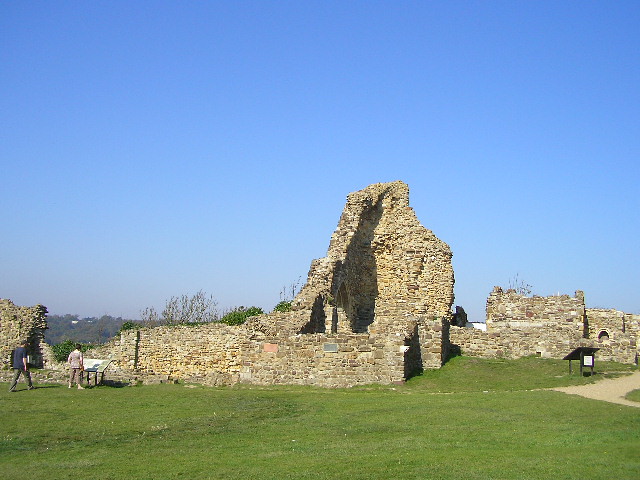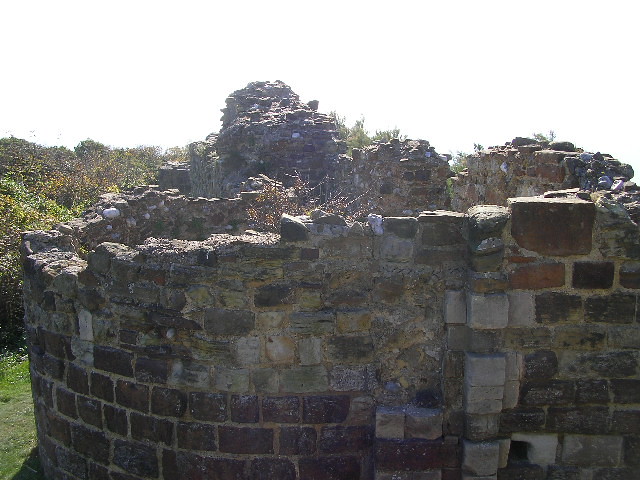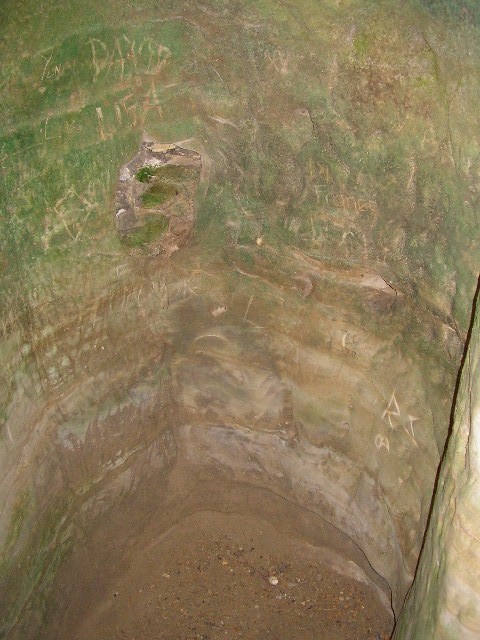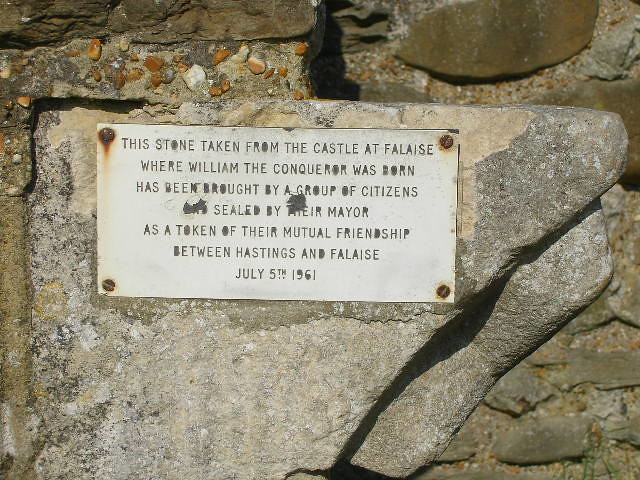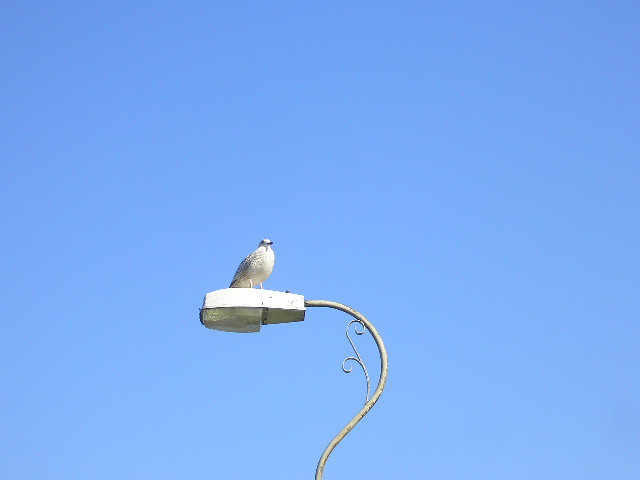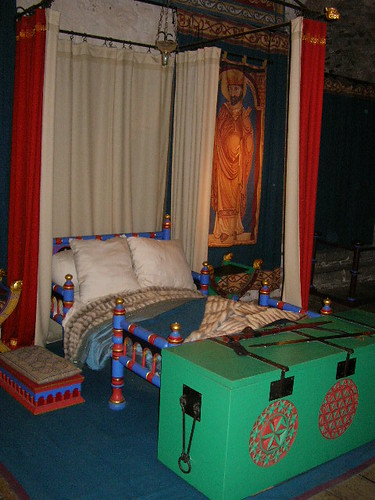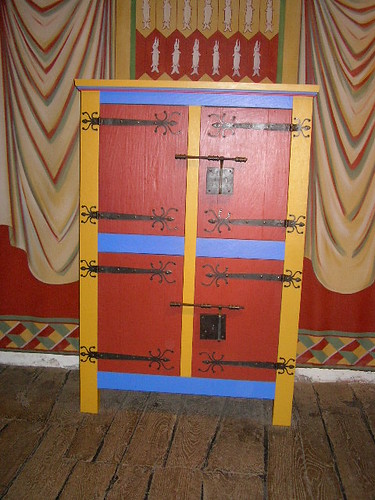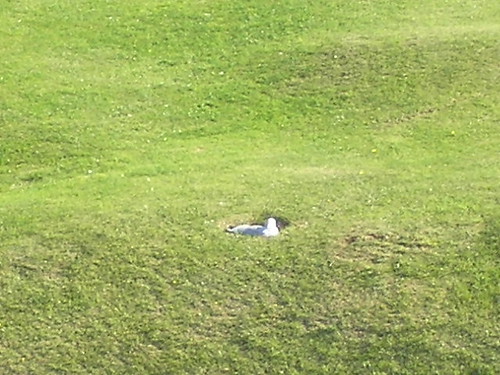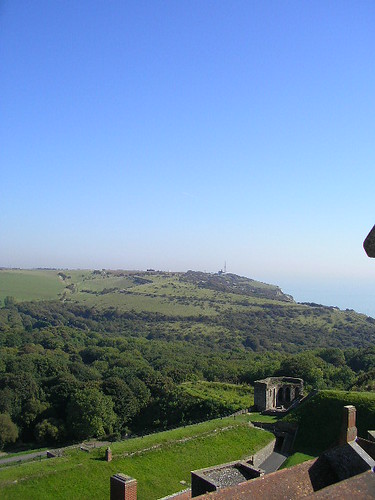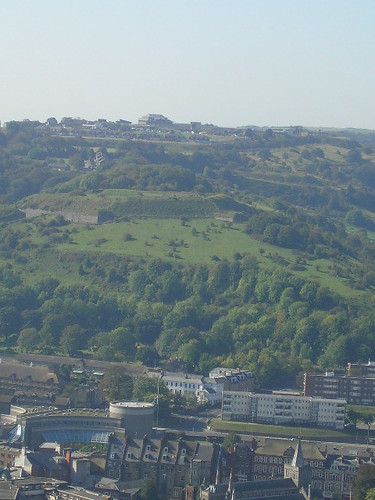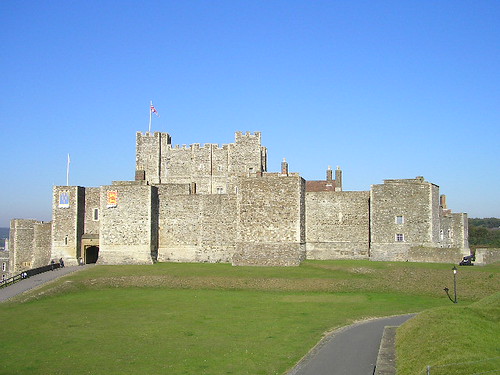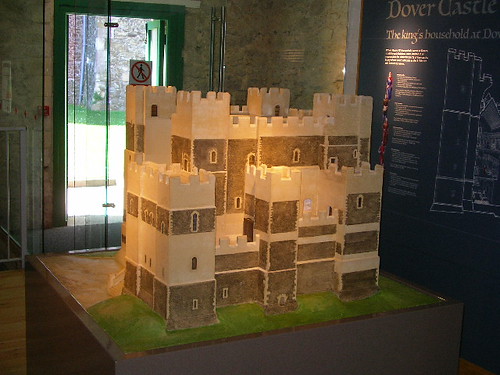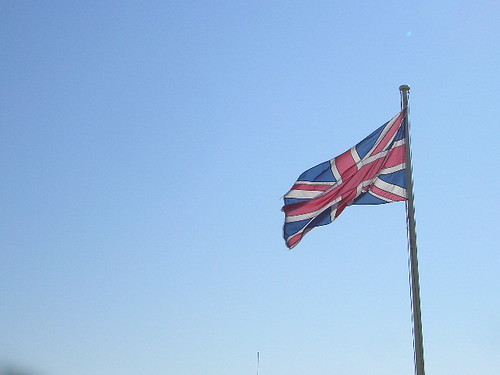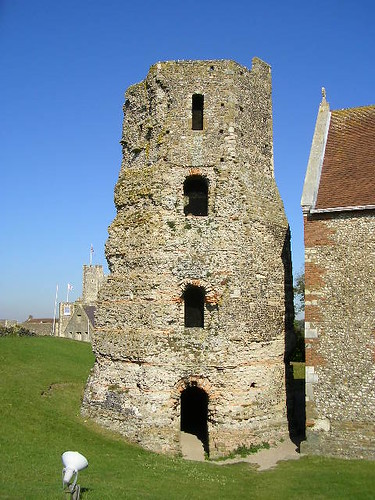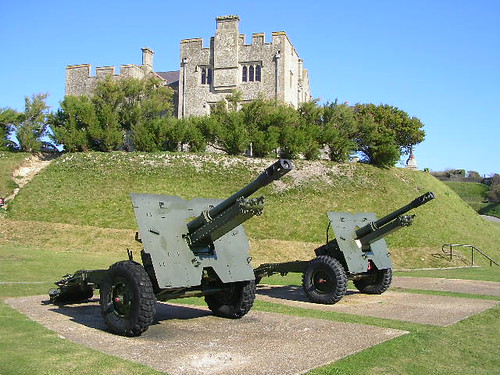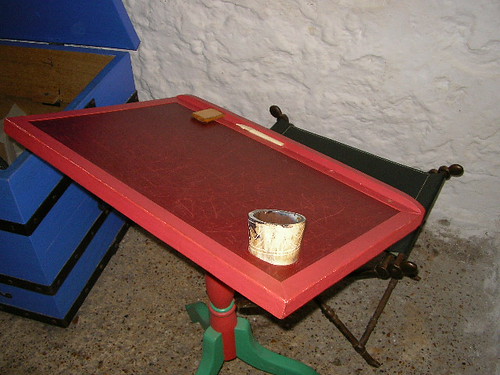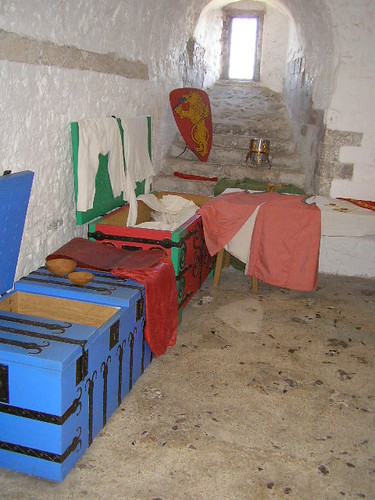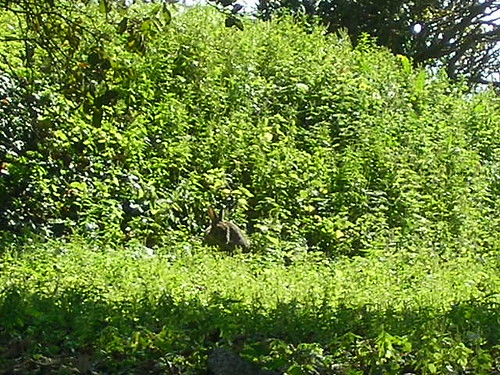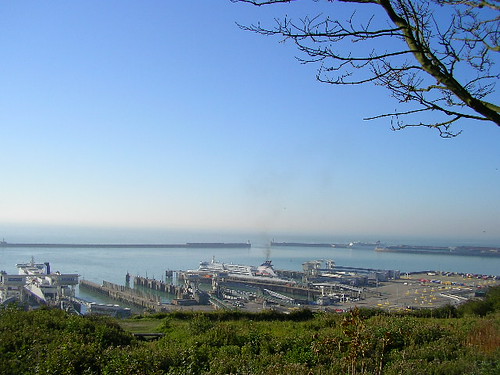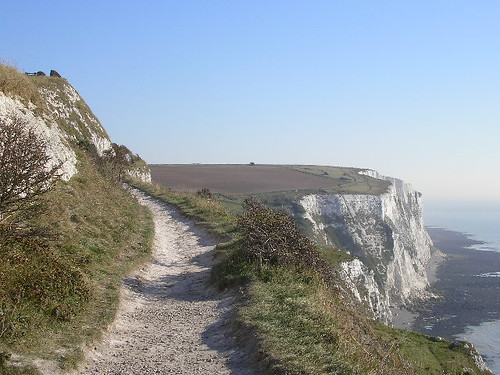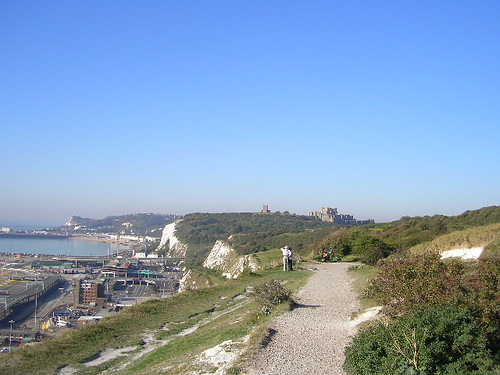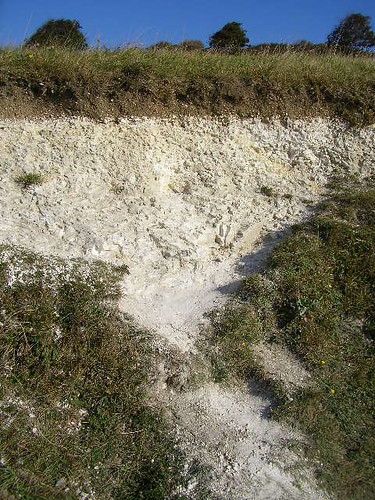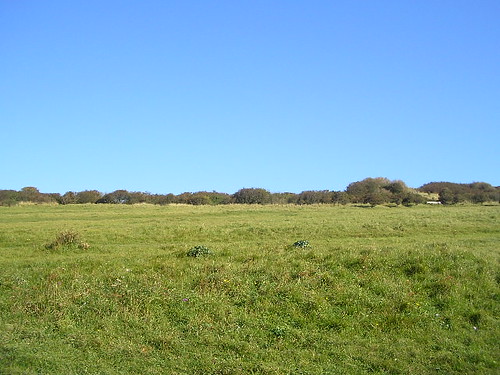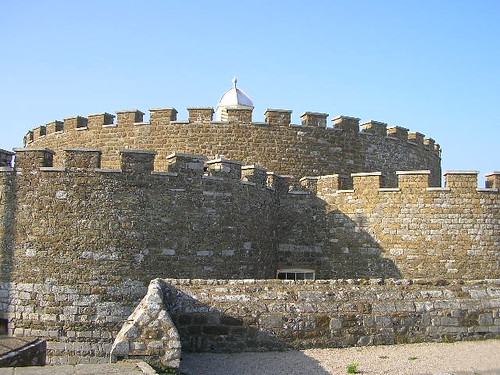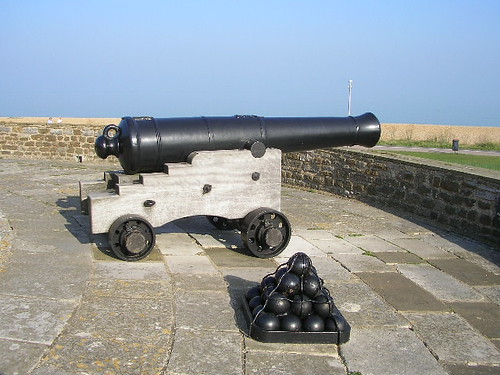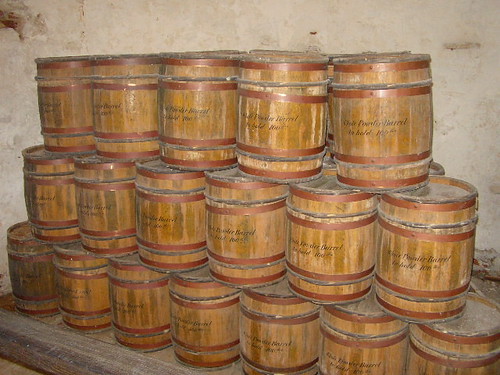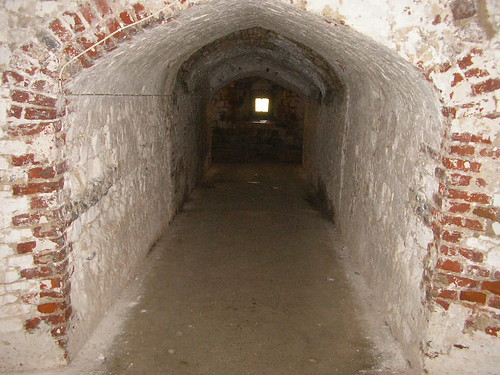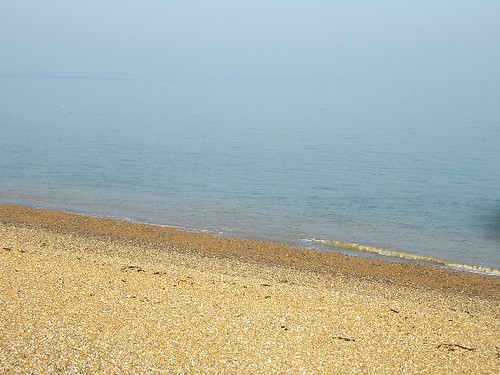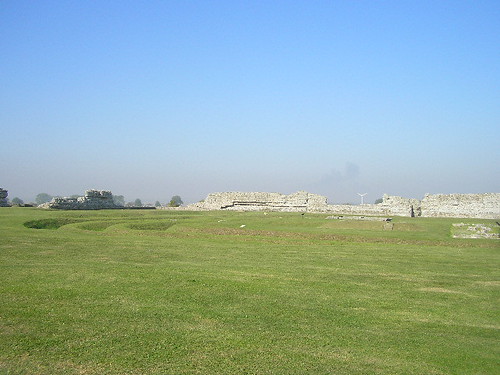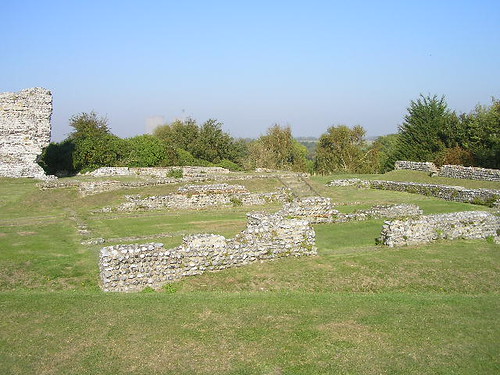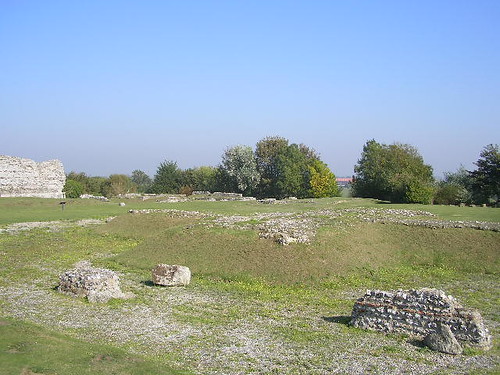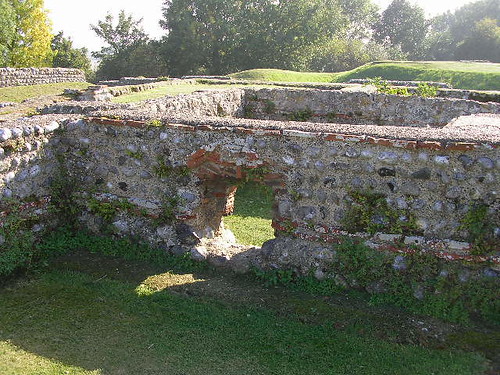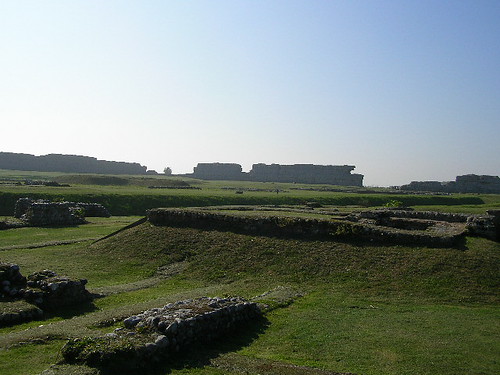My first diary from ENGERLAND! Wheeee! I landed Tuesday at Gatwick and first spent a very tiresome 15-20 mins dragging my luggage around to find the fuckin car rental area. I then spent a good 15-20 mins in the parking lot of the rental company, acquainting myself with the vehicle, freaking out over left hand driving and nearly, but only nearly smashing my newly bought GPS in pure hatred. I finally got the fucker to work when I found out that the button that for all intents and purposes looked like a "back" button was the one that actually initated a new route. Gaaah.
I spent the night uneventfully in the small town of Crawley, south of Gatwick. Next morning I drove up to
Canterbury, and although the route is reasonably straightforward, I was beginning to like my GPS. When you're all alone in the world (sniffle, sniffle) any human voice is welcome, and a real one is progress compared to the ones inside my head. For one, it tends not to scream for blood so much.
Canterbury is a very nice place. Quaint, cozy - just the right mix of touristy and cultural. Lots of narrow streets and alleys, pedestrian areas, museums, tons of pubs; some ancient and some doing their best to look it. Street artists, people in costumes doing advertizing, lots of tourists about - and bar a handful of Krauts, the vast majority were British. It was wonderful to see that just a short hour from the bustling internationalism of London was this essentially English city, where English people were going about their English business in an English way. Ah lub, lub, lub 'em.
I visited two museums in town; the city museum and the Roman Museum. The city museum had some interesting stuff about Canterbury's various phases, from the first Roman forts till the present day. The Roman museum had some interesting mosaics (the whole area was excavated after the Blitz bombing laid bare the ancient ruins) and it illustrated wonderfully how civilized Britain became at the time - and how far and how horribly that civilization fell during the Dark Ages. Sigh.
Anyways, here are some pics - you can
find the rest of 'em here.
A small version of ancient Canterbury castle, which is now just a ruin.
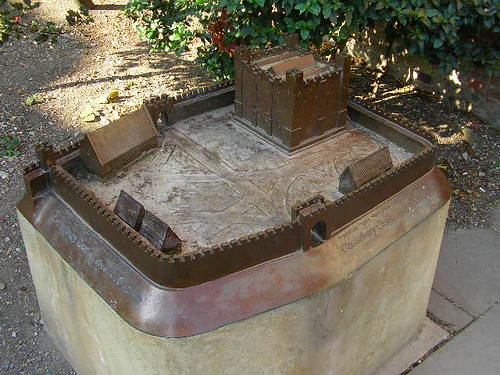
Yep, just a ruin.
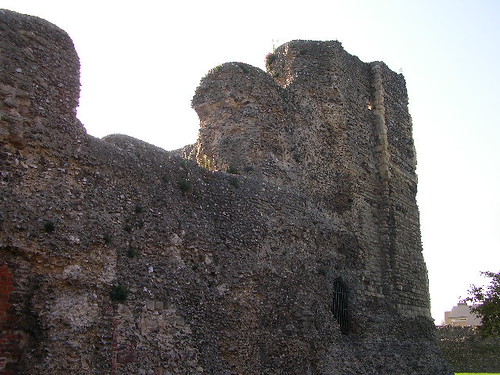
I was too cheap to spend the £9 to get in, so you'll have to settle for a picture of the rooftop of the famous cathedral. Why people pay good money to see this symbol of ancient idiocy, where the leader (called "Archbishop") of the English department of the largest, organized, criminal organization in the world (the Catholic church) rightly got his head smashed in is beyond me. Thomas fuckin' Becket wasn't even a priest and barely read Latin when he was made top dog.
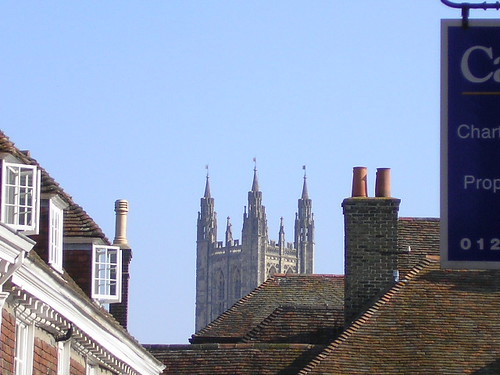
The "science" of making faces based on skulls is ridiculously subjective, but it was still interesting to see these two romano-britons, buried sometime after the empire had retreated from England.

A section of the museum devoted to more recent stuff.
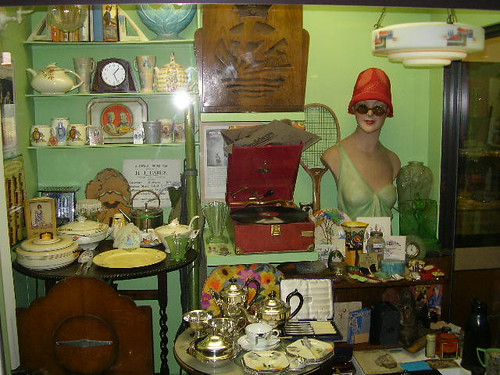
I believe this was an earlier, failed version of "Wings"?

At the Roman museum I was hounded by school classes (think twenty pluss lil bastards screaming at the top of their lungs), but still managed to get in a couple of shots... this stone is all that remains of a ventilation shaft that led hot air to the baths in Roman times. Baths were an important part of social life back then, but due to its more... ahem,
dirty connotations, it fell into disfavor during the Dark Ages. Oh yes, Christianity has a lot to answer for. Did you know that the famous Francis of Assisi, he who could "talk to the animals", bragged of never washing?
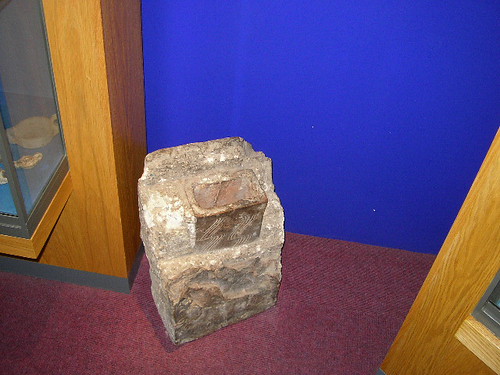
Tombstones often tell interesting stories. I liked the inscription on this one: "May the earth lie lightly on thee".
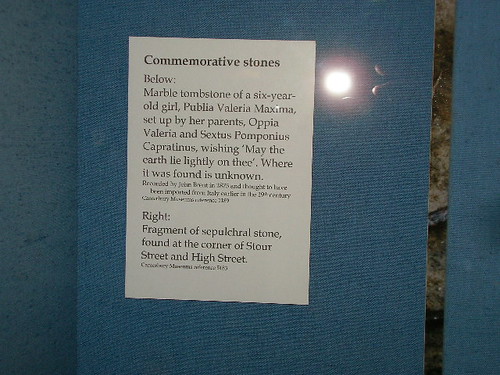
Not sure if this is an old market cross. Tons of people about, outdoor cafes, great weather, etc, etc.

More of the cathedral:
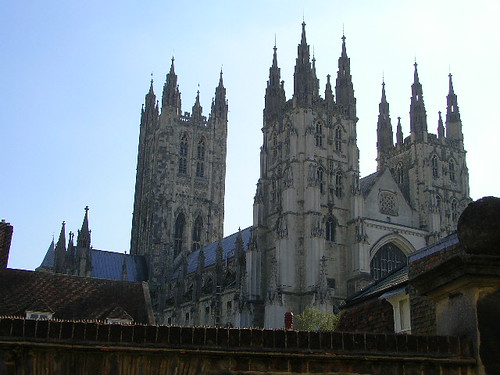
Heh.
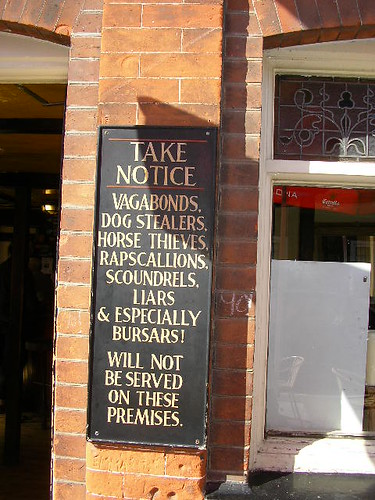
Some buildings that, despite their advanced years are still standing. Or at least haven't fallen down yet.
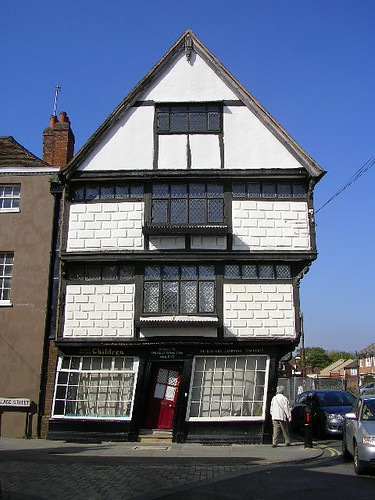
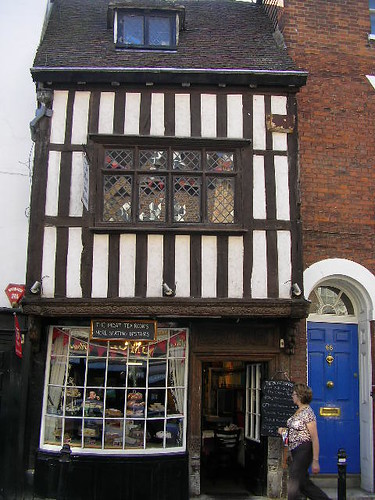
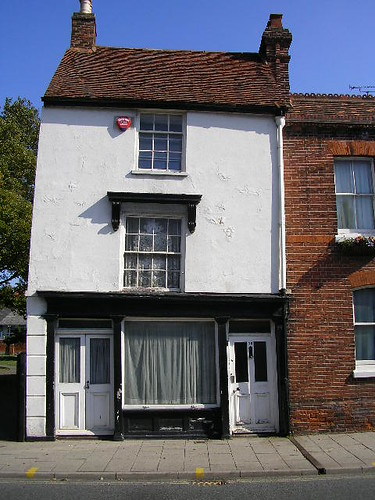
Because, when I think about Thailand the first thing that comes to mind is not their wonderful, spicy, tasty, yummy food... but their sense of FASHION. Me love your accessories long time, baby.
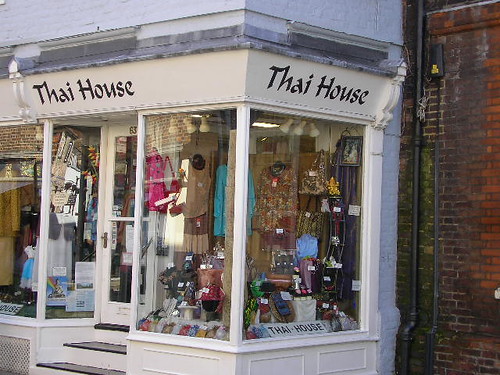
At least they have the honesty to ADMIT they're primitive.

Call me a stickler for tradition, but I think maybe they should rotate them crosses 180 degrees...
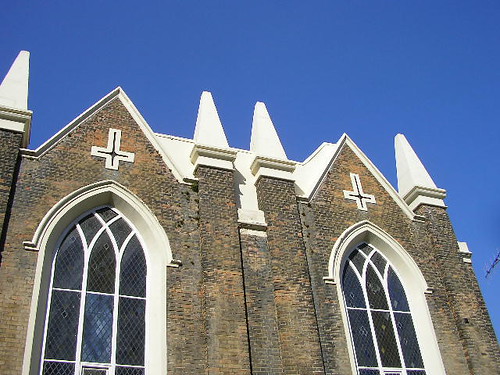
Oh, the willpower it took not to go in there and buy one of everything.
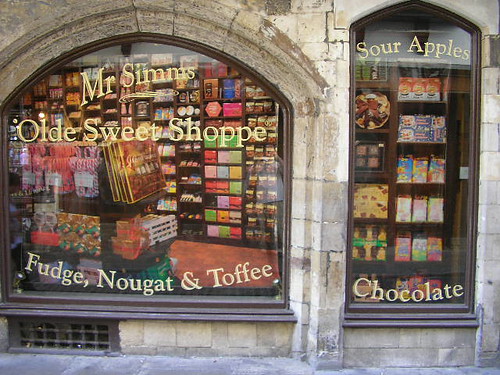
When I saw these two establishments side by side my brain couldn't quite decide whether this was a match made in heaven or in hell.
